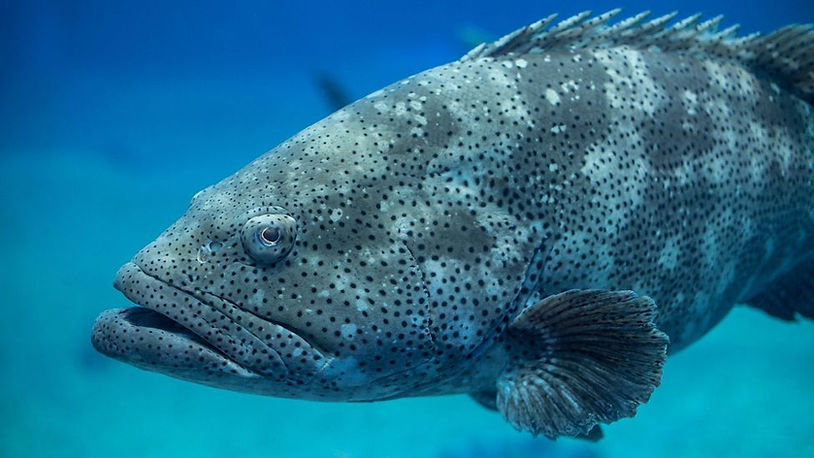By: Sophie Yang
Whale carcasses beached on coastlines serve as a reminder of the deadly impact that military sonar from ships and submarines has on marine life. However, there is a navigational alternative that relies on the natural sound of shrimp to combat this outdated, whale-harming technology.
The Darpa agency is a U.S. military research company that studies underwater threats. Lori Adornato, a project manager of Darpa, runs the Persistent Aquatic Living Sensors project, or PALS for short. This project eavesdrops on marine lifeforms, especially “reef-dwelling species”, to find a suitable organism to act as the sentinels for future warships and submarines.
Adornato believes that the current state of sonars overlooks “all this natural sound as background noise, or interference, which we try to remove,” rather than looking for a signal within these natural animals that is readily available.
In the end, the Pals project directed its attention towards the study of shrimp—specifically, the snapping shrimp. Also named the pistol shrimp, these creatures are known as “the loudest creatures on Earth.” According to BBC journalist David Hambling, the snapping shrimp “make their distinctive snap by closing their pincers so fast they create a vacuum bubble which collapses in a burst of plasma measuring thousands of degrees,” producing an extremely powerful flash and shockwave. Although the snaps themselves are nowhere as strong as the traditional military sonars, the shrimp colony never remains quiet, and there may be up to thousands of snaps per minute as the shrimp communicate with each other.
“We are trying to detect the echoes that are created when shrimp snaps reflect off of the vehicles,” scientist Allison Laferriere from Pals says, “In much the same way that a traditional sonar system detects echoes from the sound that its source generates.”
However, locating the exact location of the shrimp snaps out of the conglomerate of constant noises proves to be a hindrance in Darpa’s research. To solve the challenge of the reflecting sound, they created “an array of smart hydrophones with onboard computing” that can process the shrimp sounds to correctly identify the origin of the noises.
Needless to say, Darpa’s discovery is the first major step in making an environmentally-safe, easily-applicable alternative to sonar submarine detections. Finally, as Hamblings states in his article, “[r]ather than being a threat to wildlife, submarine-hunters might start working in partnership with the natural world, to the benefit of both.”
Link: https://www.bbc.com/future/article/20220616-the-new-sonar-built-from-sealife-noises#:~:text=%22We%20are%20trying%20to%20detect,sound%20that%20its%20source%20generates.%22











